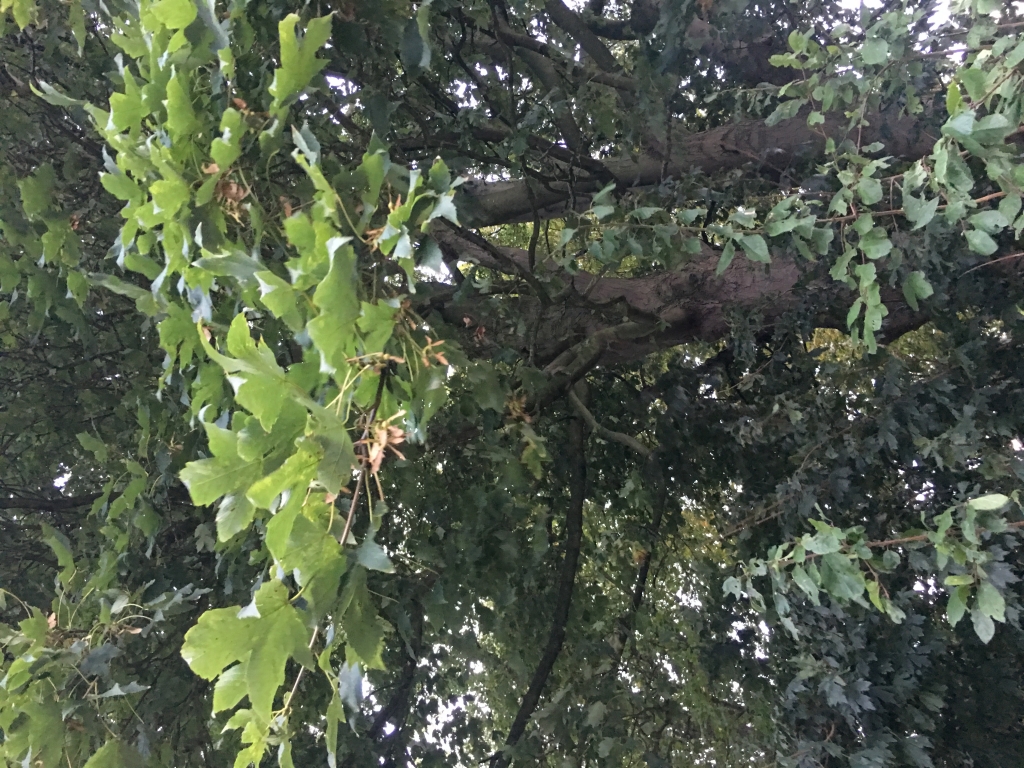
Keep Your Horse Safe From Atypical Myopathy
The British Equine Veterinary Association (BEVA) is reminding horse owners to take steps to minimise the risks of Atypical Myopathy. Bare fields and gusty autumn weather can heighten the chances of horses contracting this fatal disease, which is caused by the ingestion of sycamore seeds.
Horses do not typically choose to eat sycamore seeds, however when pastures are bare, there is a greater tendency for them to be ingested as the animals forage for every last blade of grass. Wind can also cause seeds to spread faster and further, potentially reaching fields where there are in fact no sycamore trees.
Atypical myopathy is caused by the toxin hypoglyxin A. In the UK, the most common source of the toxin is the Sycamore tree (Acer pseudoplatanus), a member of the maple tree family. The Box Elder (Acer negundo) is the most common tree to cause the disease in North America. Both trees share the typical helicopter shaped fruit that help to distribute their seeds over long distances, typically several hundred metres, but reportedly up to 4km.
The 'toxic dose' of sycamore seeds can vary from less than 100 to several thousand single seeds. With each tree potentially shedding more than 20,000 double seeded ‘helicopters’, the amount on pasture can be considerable. In the spring, seedlings represent a risk to horses and can affect hay made from contaminated pasture. Seedlings at the edge of watercourses can also contaminate water supplies, especially when trampled as horses walk across them.
Horse owners are advised to take practical steps to prevent the disease by limiting access to sycamore seeds:
Identify trees both around grazed fields as well as those in close proximity. Trees are often easiest to identify in the summer when in full leaf, rather than in the autumn, when leaves have largely fallen. The characteristic maple leaf shape is easy to spot, although if in doubt a test is available from the Royal Veterinary College as a result of work funded by The Horse Trust.
Collect seeds or exclude horses from affected areas using electric fencing or stabling.
Feed supplementary hay to try and prevent horses from excessive foraging for short blades of grass and inadvertent ingestion of seeds. But ensure that hay does not become contaminated by seeds.
Don’t rashly fell trees when laden with seeds as this can cause a sudden and massive contamination of the pasture. Consider local regulations, tree protection orders and tree ownership if felling is the only option.
Monitor horses carefully even after they have been moved from affected pasture as disease can occur up to four days after exposure.
The most consistent clinical sign of atypical myopathy is the passing of dark brown urine (myoglobinuria) as a result of muscle breakdown. Horses usually become weak and reluctant to move and may lay down, but usually have a normal or increased appetite. In the most severe cases the horse will develop very severe colic-like signs due to significant pain. In some horses the severity of muscle pain leads to euthanasia on welfare grounds. These signs occur as a result of the active toxin which prevents muscles from undergoing normal energy metabolism. It can affect all muscles in the body including the respiratory muscles and heart.
“It’s imperative to contact your vet as a matter of urgency if you are concerned your horse may be suffering from Atypical Myopathy,” said BEVA President Huw Griffiths. “We can use a special blood test, thanks to research funding from The Horse Trust, to diagnose and measure exposure to the toxin. The earlier we are able to intervene the more likely a favourable outcome for the horse.”
More from BEVA

 4 years ago
4 years ago  993 views
993 views
 4 days ago
4 days ago